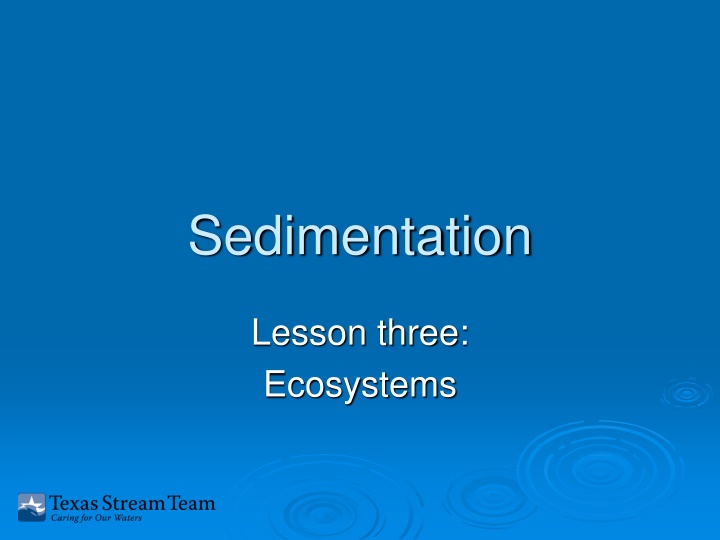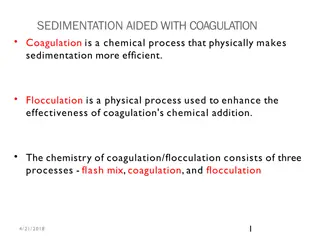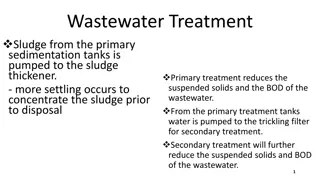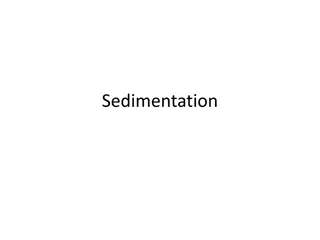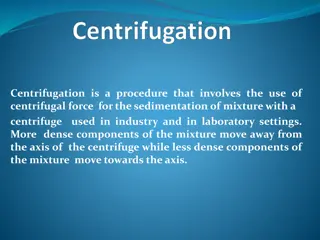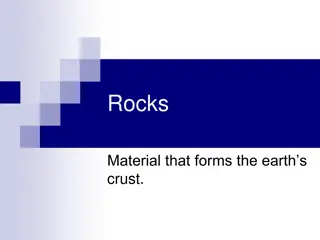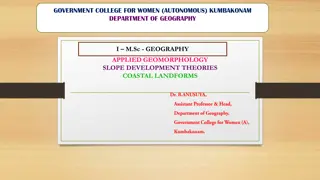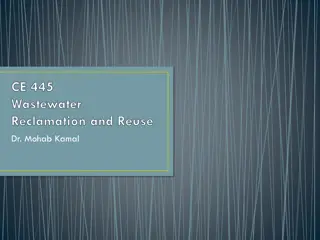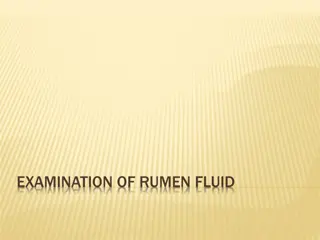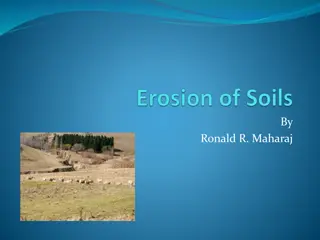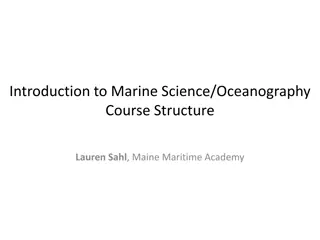Sedimentation
Intricate relationship between ecosystems and sedimentation in maintaining environmental balance. Learn about the factors shaping biological environments, such as prairies, and their nonliving components. Discover the impact of sedimentation on water quality and the concept of nonpoint source pollution. Dive into the diverse aquatic ecosystem and its unique life forms.
Download Presentation

Please find below an Image/Link to download the presentation.
The content on the website is provided AS IS for your information and personal use only. It may not be sold, licensed, or shared on other websites without obtaining consent from the author.If you encounter any issues during the download, it is possible that the publisher has removed the file from their server.
You are allowed to download the files provided on this website for personal or commercial use, subject to the condition that they are used lawfully. All files are the property of their respective owners.
The content on the website is provided AS IS for your information and personal use only. It may not be sold, licensed, or shared on other websites without obtaining consent from the author.
E N D
Presentation Transcript
Sedimentation Lesson three: Ecosystems
Lets look at the jars of dirty water again Do they look the same today as it looked when you left yesterday?
Particle size Which particles settled out the most rapidly? The larger particles or the smaller ones?
Why is sedimentation viewed as a nonpoint source of pollution? Review: What is sedimentation? What is pollution?
To answer the question of why sedimentation (soil particles going into water and settling down) is a source of nonpoint source pollution (pollution is anything in the water that harms life), we must first review ecosystems.
Ecosystems An ecosystem is a biological environment consisting of plants and animals living in balance in a specific nonliving (abiotic) environment What are the factors that make up the nonliving or abiotic part of the environment?
A prairie is an example of an ecosystem What kinds of plants and animals are in a prairie? How does the amount of rainfall in a prairie compare to a desert (a different ecosystem)? How does prairie temperature compare to an arctic tundra? How does prairie soil compare to an beach?
In a prairie: What kinds of plants and animals are in a prairie? How does the amount of rainfall in a prairie compare to a desert (a different ecosystem)? How does prairie temperature compare to an arctic tundra? How does prairie soil compare to an beach? What three abiotic (nonliving) factors are mentioned above? What are the four ecosystems listed above?
Aquatic Ecosystem What types of plants and animals would you find in an aquatic ecosystem? What types of abiotic factors? Ecosystems are really a web of parts
Ecosystem Food Web
Every ecosystem has an energy source. What is the energy source for ecosystems on earth?
The SUN The sun is the source of energy for the many different ecosystems of the earth Does the energy of the sun cycle?
Energy In the rock and water cycle, energy comes from the sun, but energy does NOT cycle back to the sun The atoms in rock and water move by the force of energy. There is a big difference between matter and energy.
Energy Every ecosystem has a source of energy How is this energy absorbed into the ecosystem? Hint: this is an essential part of every ecosystem
Plants Plants absorb the sun s energy through the process of photosynthesis Who eats the plants? Hint: this is another essential part of every ecosystem
Essential parts of every ecosystem: Source of energy Plants Animals Abiotic (nonliving) factors Water Soil Temperature Decomposers (to return atoms to system from wastes and death of living things)
What do we mean by essential? Can an ecosystem survive if we take away: Plants? Animals? Decomposers? Energy source? Abiotic factors?
Essential Plants, animals, source of energy, decomposers and abiotic factors are all necessary for an ecosystem, therefore they are ALL essential! They live in a balanced web
Back to sedimentation Why is sedimentation viewed as a nonpoint source of pollution? Sedimentation is detrimental to life. How? Tomorrow we will examine how sediment harms the aquatic ecosystem. Start thinking about this.
Important terms and concepts: Ecosystem Essential parts of the ecosystem Plants Animals Decomposers Source of energy Abiotic factors
Time to observe and learn You will be determining how much water can be stored in soil You will need to read and follow the instructions carefully
